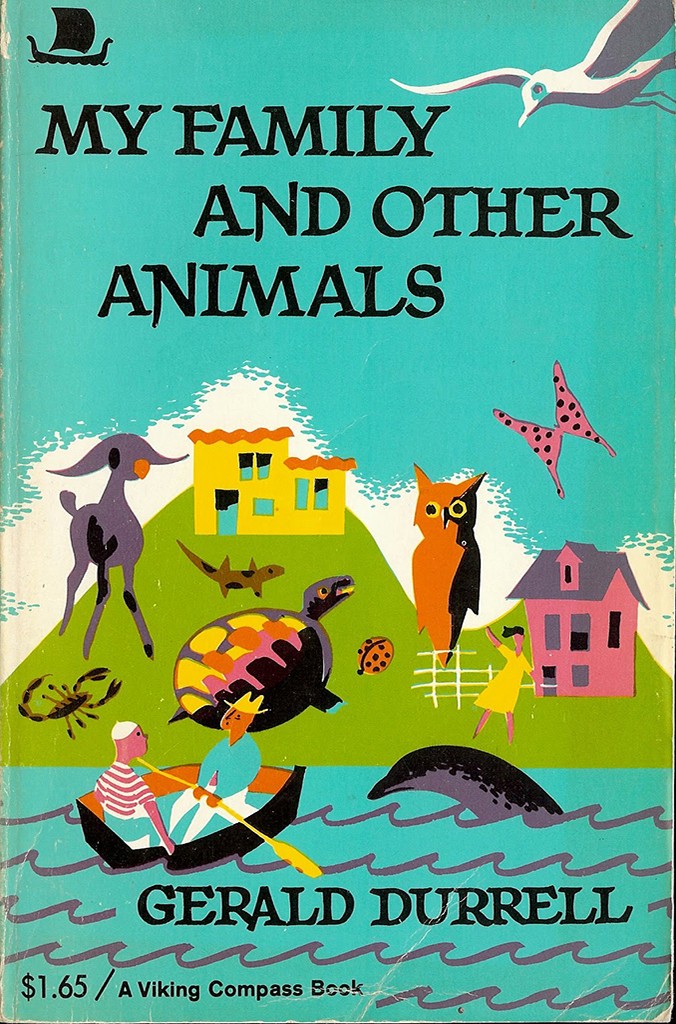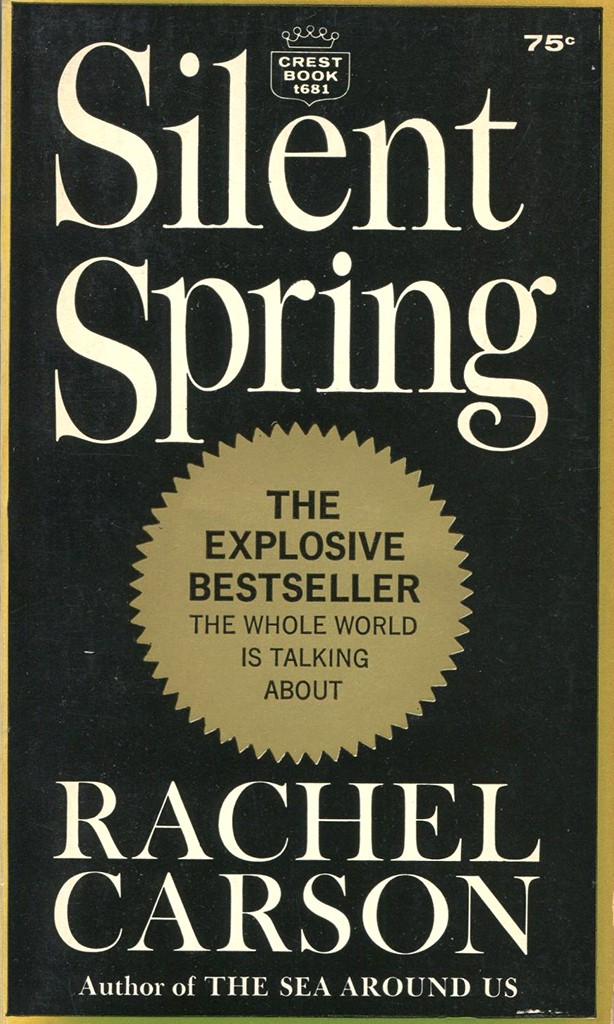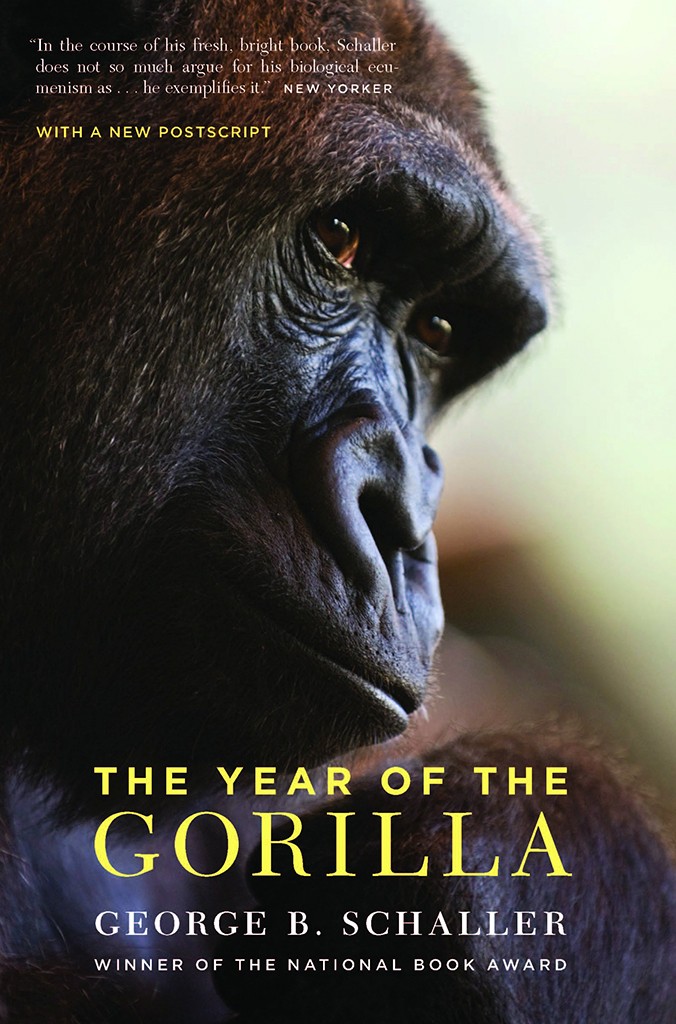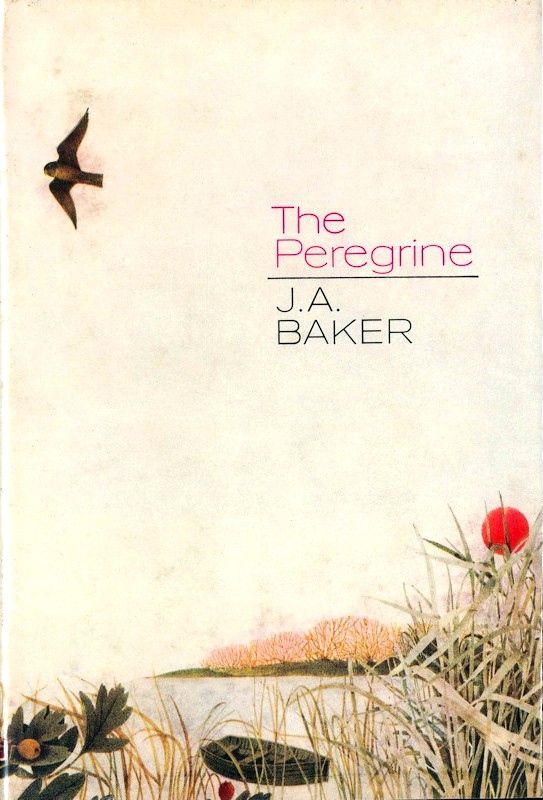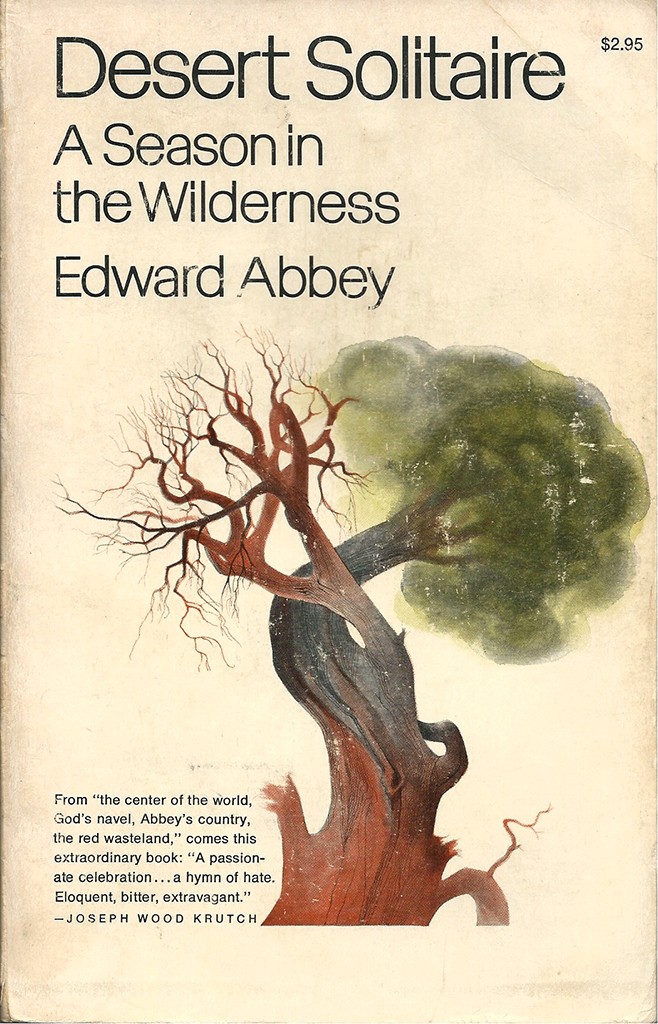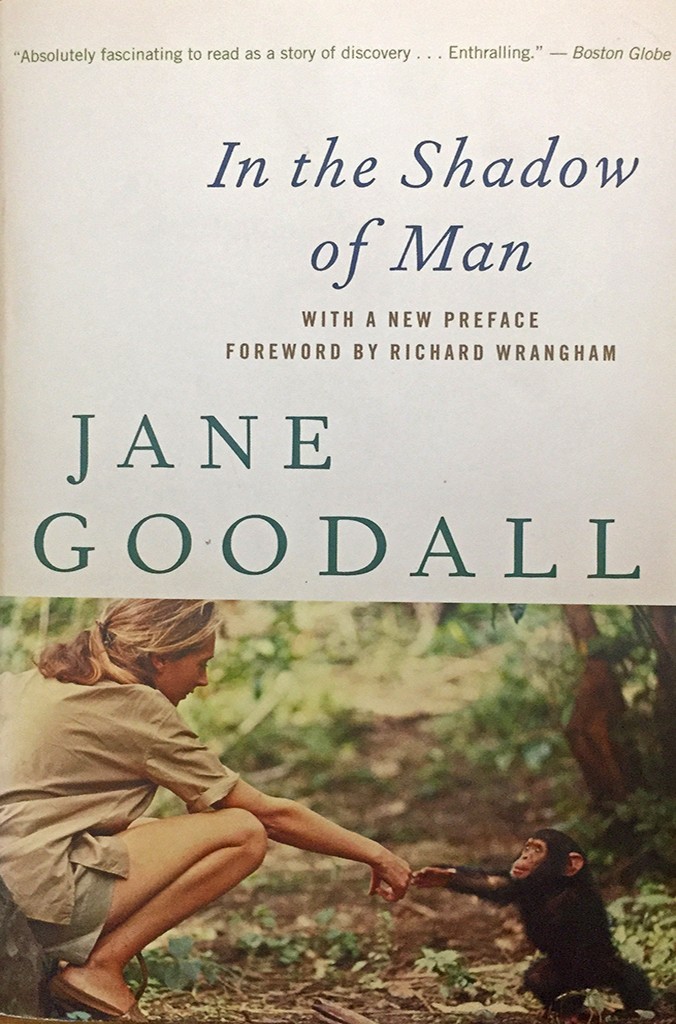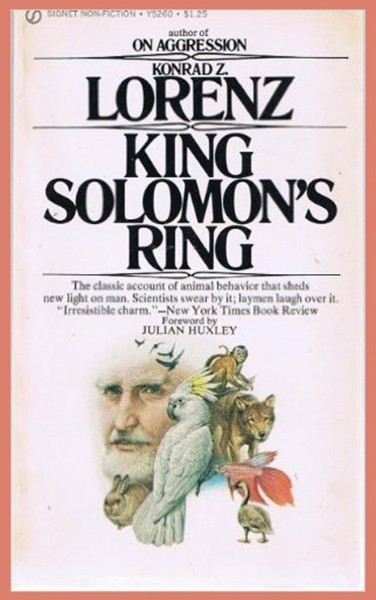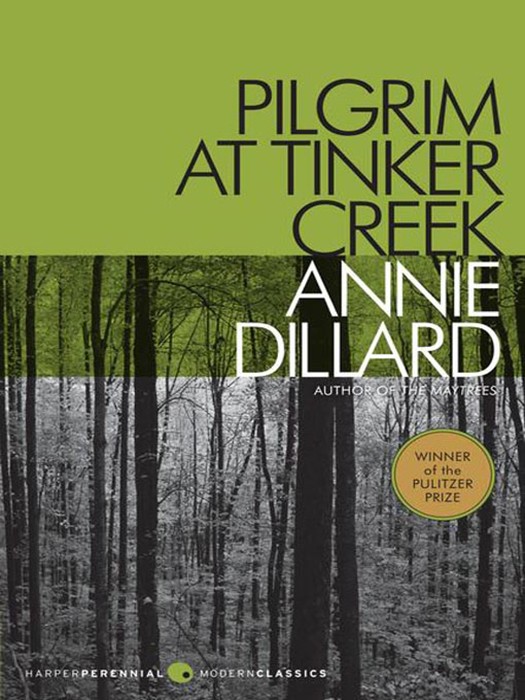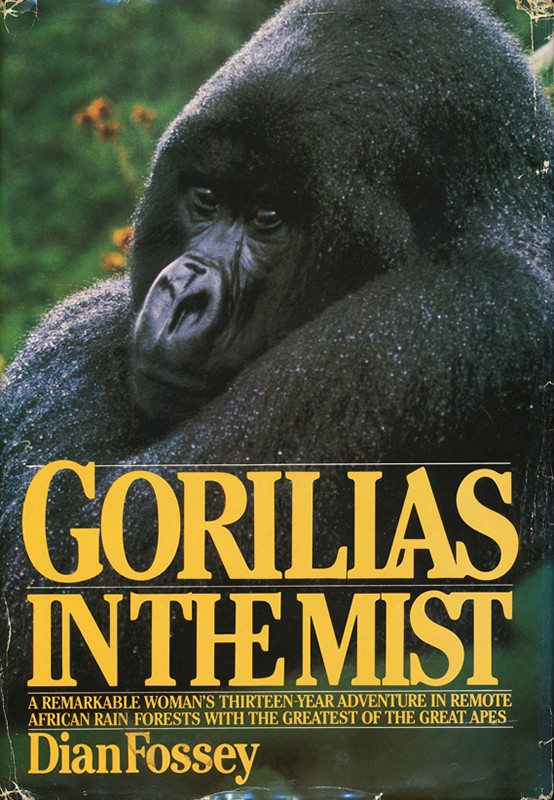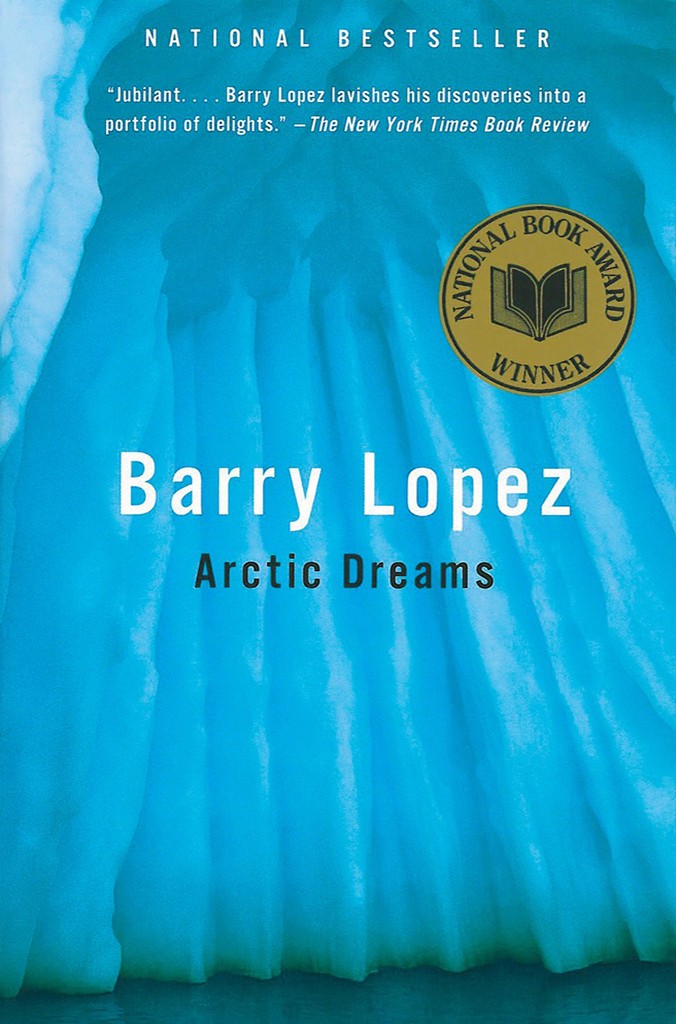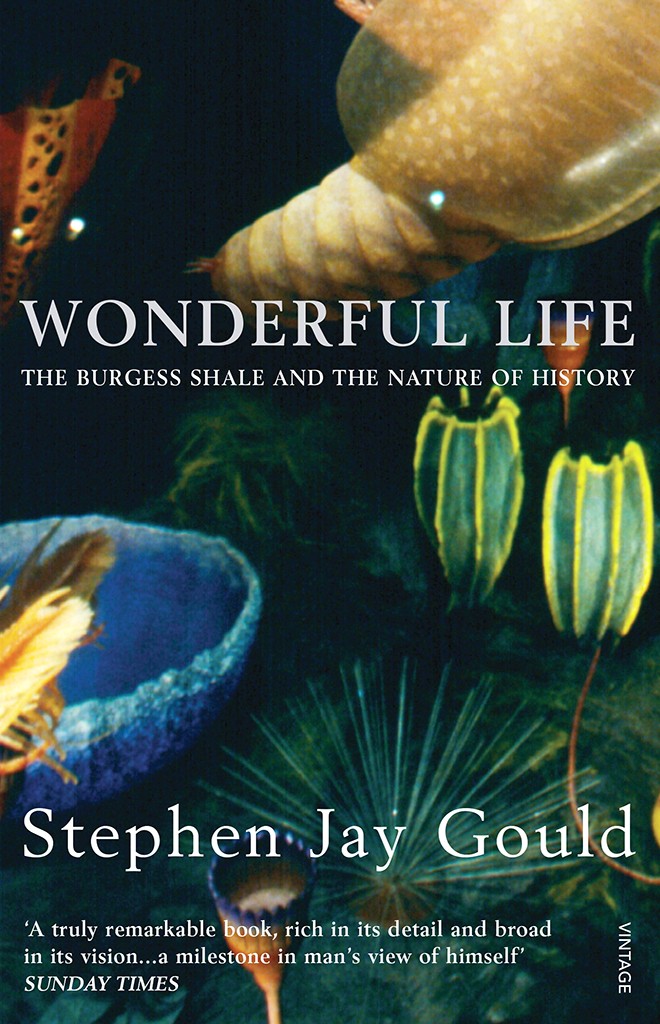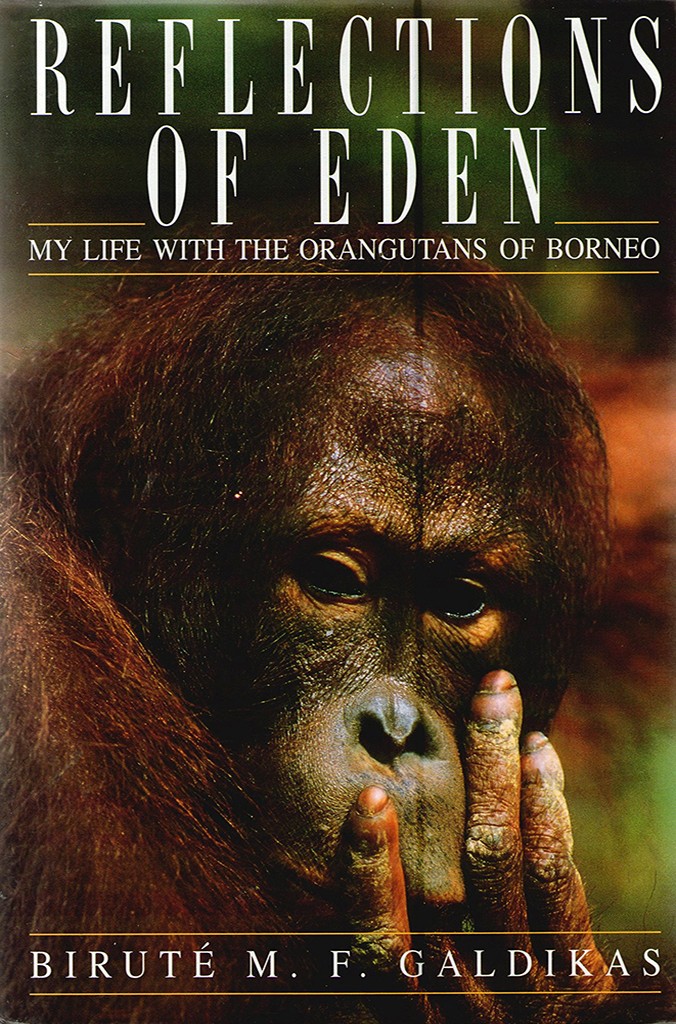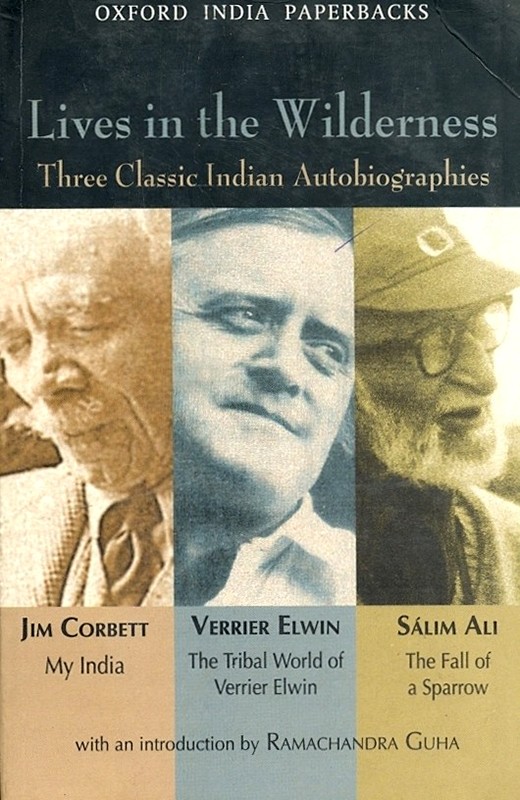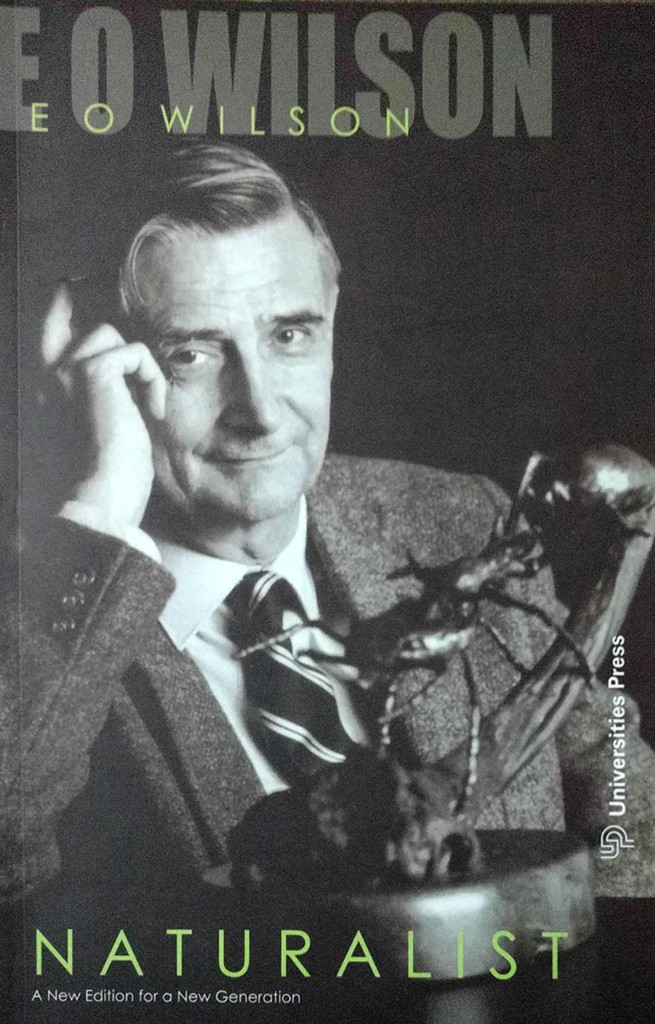My Family And Other Animals — Gerald Durrell
This 1956 book is an uproarious, autobiographical story by British naturalist Gerald Durrell. A writer gifted in the art of humour and irony, he talks of the four years he spent in Corfu (a Greek Island) with his mother and siblings. He describes his misadventures hilariously — his life with his family, his exploration of the island, and of his collecting flora, pets and friends, not necessarily in that order.
I can't be expected to produce deathless prose in an atmosphere of gloom and eucalyptus.
Silent Spring – Rachel Carson
A landmark environmental science book written by Carson, it was first serialised in The New Yorker in 1962 and published later that year as a book. She wrote of how DDT (Dichlorodiphenyltrichloroethane) had the ability to kill insects, birds and many other associated species indiscriminately. Chemical industries did not want this information to be published, and in that time, more so from a female scientist, Bayer & Monsanto even going to the extent of publishing brochures to parody the book. The book was strongly supported by the scientific community and with JF Kennedy’s interest in the topic, DDT was banned for agricultural uses. Her writing inspired an environmental movement that led to the creation of the US Environmental Protection Agency. Silent Spring made it to Discover Magazine’s list of one of the 25 greatest science books of all time in 2006.
A Who's Who of pesticides is therefore of concern to us all. If we are going to live so intimately with these chemicals eating and drinking them, taking them into the very marrow of our bones — we had better know something about their nature and their power.
The Year Of The Gorilla — George Schaller
This book details Schaller's observation of gorillas in East and Central Africa over two years in the 1950s. Schaller also narrates adventures about his life as a naturalist — solitary yet splendid. One of the latest editions includes Schaller's more current work with gorillas (upto 2009).
No one who looks into a gorilla's eyes — intelligent, gentle, vulnerable — can remain unchanged, for the gap between ape and human vanishes; we know that the gorilla still lives within us. Do gorillas also recognize this ancient connection?
The Peregrine — JA Baker
Baker chronicles his tracking of a pair of Peregrine Falcons from fall to spring in eastern England. His observations are the result of sheer obsession and precise observation of every action of the birds — preying, resting, eating and flying. The narration is a mix of prose, poetry and is sometimes from the point of view of a hawk, rather than an observer.
Approach him across open ground with a steady unfaltering movement. Let your shape grow in size but do not alter its outline. Never hide yourself unless concealment is complete. Be alone. Shun the furtive oddity of man, cringe from the hostile eyes of farms. Learn to fear. To share fear is the greatest bond of all. The hunter must become the thing he hunts.
Desert Solitaire – Edward Abbey
Abbey’s autobiographical work — his experiences at Arches National Monument as a park ranger in the late 1950s - was published in 1968. Abbey vividly describes the flora and fauna of Colorado Plateau, Southwestern United States, and talks of exploring the wilderness, working against excessive tourism, even helping a search and rescue team remove a body from the desert. His observations are still relevant today, more so when he asks if our natural treasures can be saved before the bulldozers strike again.
Jungle Lore — Jim Corbett
Jungle Lore is known for being the closest Corbett ever came to writing an autobiography. He reminisces about the expeditions he was part of in his childhood and how they contributed to his hunting skills. He also talks of his love of the jungle, the flora, the fauna, the people, the Kumaon hills and the need for nature preservation and conservation.
In The Shadow Of Man — Jane Goodall
Dr Goodall’s narrative of living amongst the chimpanzees is one of the most enthralling books ever written. On anthropologist Dr Louis Leakey’s suggestion (she is known as one of Leaky’s Angels), accompanied by her mother and a few African assistants, she set off for an extended stay in Gombe Stream Chimpanzee Reserve in Tanzania. The book details the chimpanzees’ complicated social hierarchy and many extraordinary, hitherto unknown behaviours.
At that moment there was no need of any scientific knowledge to understand his communication of reassurance. The soft pressure of his fingers spoke to me not through my intellect but through a more primitive emotional channel: the barrier of untold centuries which has grown up during the separate evolution of man and chimpanzee was, for those few seconds, broken down. It was a reward far beyond my greatest hopes.
King Solomon’s Ring — Konrad Lorenz
King Solomon's Ring is a 1949 book that was first printed in English in 1952. Lorenz, an Austrian scientist and Nobel Prize winner, was inspired by the Seal of Solomon, a legendary ring that supposedly let the biblical king communicate with animals. Lorenz raised several species around his home, observed their behavior and wrote of animal psychology. While the book dispels several myths and brings forward several similarities between animals and humans, it has been criticised of excessive anthropomorphism.
Pilgrim At Tinker Creek — Annie Dillard
Dillard’s book is a first-person account of an unnamed narrator’s experiences with nature and wildlife around her home — muskrats, butterflies, coots and grasshoppers. Inspired by her own personal journals, the book also details the narrator’s ideas on religion, writing, theology, observations of flora and fauna, even solitude. The book won the Pulitzer Prize for General Nonfiction in 1975.
Nature is, above all, profligate. Don't believe them when they tell you how economical and thrifty nature is, whose leaves return to the soil. Wouldn't it be cheaper to leave them on the tree in the first place? This deciduous business alone is a radical scheme, the brainchild of a deranged manic-depressive with limitless capital. Extravagance! Nature will try anything once.
Gorillas In The Mist — Dian Fossey
Another one of Leaky’s Angels, Dian Fossey has written about one of the longest field studies on primates — 13 years with Mountain Gorillas in Rwanda’s Volcanoes National Park. Her narrative combines her scientific research, candid photographs and personal experiences. Fossey met a tragic end; she was found murdered in her cabin in Karisoke Research Center. The book shows her strength and courage in fighting issues around over-tourism and poaching.
Arctic Dreams – Barry Lopez
Arctic Dreams is a National Book Award-winning examination of the far north and is considered classic modern literature. In the book, Lopez has observed much of the area, its landscape, terrain, wildlife and its inhabitants (both human and wild). He writes about the history of Eskimo natives and explorers like the Inuit tribes who live in these regions.
I lay there knowing something eerie ties us to the world of animals. Sometimes the animals pull you backward into it. You share hunger and fear with them like salt in blood.
Wonderful Life: The Burgess Shale And The Nature Of History — Stephen Jay Gould
Gould uses terms like “punctuated equilibrium” and theorises that now-extinct creatures were actually better adapted to survival and that given a chance to “rewind the tape of life”, we might find ourselves sharing the planet with completely different wildlife. It won the Royal Society's Rhone-Poulenc Prize and the American Historical Association's Forkosch Award, and was also a finalist for the Pulitzer Prize in 1991.
Reflections Of Eden— Birute MF Galdikas
Galdikas, the third of the trio of women who were referred to as Leaky’s Angels, chronicles the Orangutans in a rare mix of scientific discovery and personal experience. A pioneering primatologist, she moved to Indonesia with her husband in 1971 and became surrogate mother to a troupe of these primates, previously held in captivity.
As I sit, my back leaning against a damp, moss-covered tree trunk, my eyes sweeping the canopy above, my ears straining to catch the crack of a distant branch that betrays an orangutan moving in the treetops, I think about how we humans search for God. The tropical rain forest is the most complex thing an ordinary human can experience on this planet. A walk in the rain forest is a walk into the mind of God.
Lives In The Wilderness: 3 Classic Indian Autobiographies
This book is a collection of three great autobiographies — In My India by Jim Corbett, The Tribal World by Verrier Elwin, and The Fall Of A Sparrow by Salim Ali. The Oxford omnibus edition includes an introduction by Ramachandra Guha.
Naturalist — EO Wilson
In this autobiographical work, Wilson talks of his contribution to science and his life as a scientist. The book contains his childhood explorations, his time as a student at University of Alabama and his work at Harvard University. It is a great insight into the origin of several of his ideas and theories that are now accepted as basis for today’s biological research.
The greater problems of history are not solved; they are merely forgotten.
If you loved this, check out The Essential Booklist For Nature Lovers - I.
